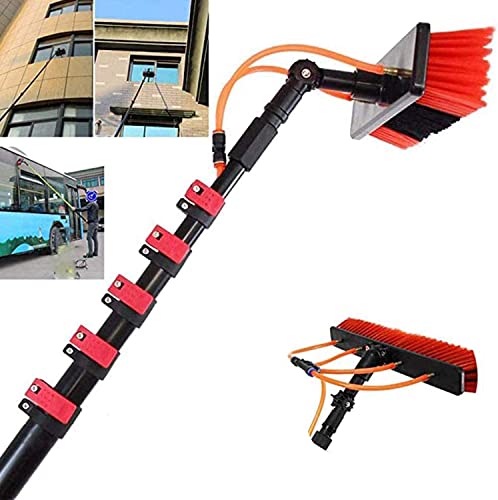Kleenwell
Well-known member
- Messages
- 124
- Location
- Weston super mare
Those relays have a permanent out and 2 “switched” outs. Connect one battery to one output, and the other to the other out. This way, draining one battery will not drain the second battery. Assuming you have 2 pump controllers. If not, fit a selector switch to change between batteries.Hi Guys,
Just looking for some help on adding a second leisure battery.
I already have a leisure battery installed which is connected to the split charge relay, but as I don't do a lot of miles over 2 weeks of the month due to the location of my work, I found that it wasn't lasting until I got back to my other work which is an hours drive away.
So I decided to buy another leisure battery for the lad that's with me, in the hope that it will last till we travel to the other work, what I don't know is, can I just connect the second battery to the split charge relay? or do I connect the batteries together, i.e. in parallel + to + and - to - then connect the relay to the positive of one battery and the negative of the other battery? any information would be greatly appreciated. This is the relay I use.
View attachment 12173
The 2 terminals marked “12v”. Both go to your van battery.
0v to ground of van
From memory, 6 and 4 are switched
where as 2 is permanent


























